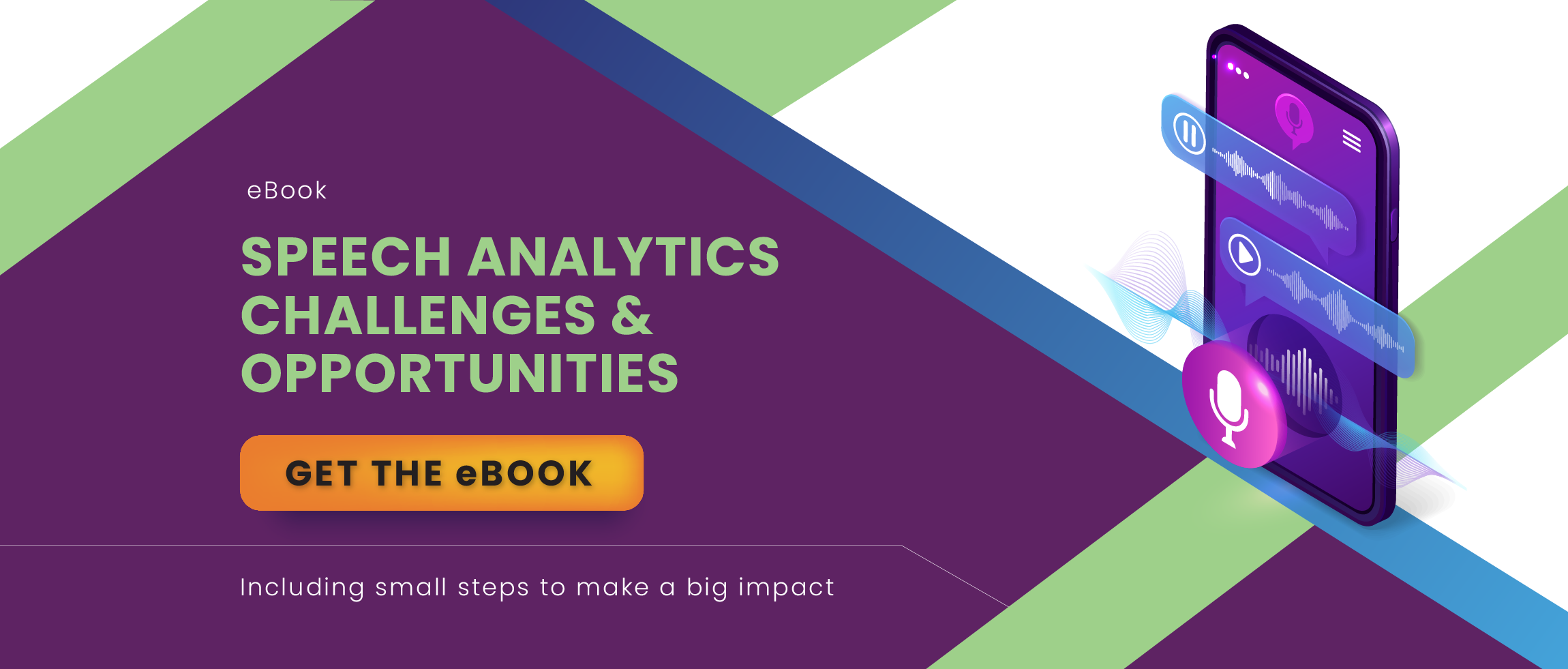What is Call Center Monitoring and How Can It Help Your Collection Business
- October 6, 2022
- Category: Call Recording

For any collection business, a call center plays a critical role in shaping its effectiveness and overall collection performance. It helps you determine if you are meeting your collection goals, following correct processes, staying FDCPA compliant, and achieving the quality outcomes you need. A tried-and-tested tool to determine the overall success of your call center (and your collection business) is call center monitoring.
Effective call center monitoring leads to better performance management. It can help your contact center get a leg up on the fierce competition that exists in the ARM industry. In this resource, we will break down the concept of call center monitoring for you, explaining what it is, how it will impact your collection business and the best practices around it. After reading this blog, you will know how exactly call monitoring works, why it is important, and what steps should you take to develop effective call monitoring.
1. "What is call center monitoring? "
Often defined as the process of observing and evaluating contact center performance, call center monitoring helps businesses analyze calling patterns, and provides agent feedback for training opportunities. Simply put, it is a practice of listening to agent-consumers calls (both outbound and inbound) in real-time or near real-time to check how well the calls are being handled. The practice demands you to record 100% of calls, which gives you a broader view of calls for analysis.
2. "Why do you need call center monitoring in a call center? "
A call center operates as a well-oiled machine that needs constant monitoring. Monitoring every call means a deeper, more accurate understanding of call center operations, agent activity, and the effectiveness of current collection strategies. By monitoring the call center performance, it lets you maintain cost-efficiency and top-notch productivity in the long run. Benefits of call center monitoring include:
Better call center quality management
Real-time call center monitoring empowers you to listen to ongoing calling sessions and review calls. This allows the QA team to evaluate if a call can be categorized as a successful interaction. This evaluation further helps you identify common call performance issues and consumer pain points that often crop up during a call.
Analysis of historical KPIs
With the help of call center monitoring, collection businesses can compare the impact of KPIs you used in the past and refresh the call center quality monitoring scorecard for better performance. With call monitoring in place, you can experiment with a variety of metrics such as Right Party Contacts (RPC) rate, Average Handle Time (AHT), and Promise to Pay (PTP) rate.
Streamlined agent feedback and performance
Call center monitoring can enable collection agencies to analyze call recordings in real-time to provide their agents with feedback. It helps them evaluate agents and suggest ideas for improvement for better average handle time, the right tone of voice, short waiting times, and better listening skills. This ultimately helps you improve agent performance by providing feedback on tone of voice, listening skills, speaking speed, language, questioning techniques (including the use of open, probing, and closed questions), emotional intelligence, call closeout, and use of a script.
Reduced agent turnover rate
Agent attrition is a great issue, especially in a collection organization, and monitoring each agent’s performance and providing the right opportunities to help them grow and excel as an individual can help you reduce the agent turnover rate – something crucial in the age of the current talent crisis. Call center monitoring helps you pinpoint the areas where the agents struggle, providing them opportunities to self-learn and grow.
3. "Call Center Monitoring Best practices "
Call center monitoring involves much more than just checking off a few boxes. It requires an in-depth, qualitative analysis of agent-consumer interactions as well as partnering with the right service partner. Above all, it requires you to make sure that your monitoring data doesn’t just sit idle and gets translated into action. There’s where call center monitoring best practices come into play. Here are a few ways to take your call monitoring to the next level.
Establish clear monitoring goals
For starters, understand why you want to monitor your call center performance in the first place. What are your goals? Are you looking for ways to improve your collection rate? Cut down on calling costs? Thereafter, design your call monitoring program accordingly. Some examples of call center goals that are clear, achievable, and realistic could be:
- Reducing AHT to a certain duration
- Improving PTP rates to a certain percentage
- Increasing collection per agent
Knowing your monitoring goals will help your team leads, the QA team, compliance trainers, and the board to know the direction to aim for.
Review all calls
Rather than analyzing just a few random calls, analyze 100 percent of your calls. Call center monitoring is all about changing agent behavior and you need to understand how agents act day-in and day-out, not just basing their review and training programs on a few calls. Reviewing all calls will provide you with insights into the challenges and issues faced by your agency. These could be:
- Your agents are not following approved scripts
- Your agents are not being courteous on calls
- Your agents don’t have good knowledge
- Your calls last longer than ideal AHT
If you see patterns like these emerging, take corrective actions. You can also use the same call recordings as training materials for your team. By showing your agents examples of both successful and unsuccessful calls, you can help them grow in their respective roles.
4. "Develop/Strengthen your quality assurance team"
To review all call recordings and respective data, you will want to set up a quality assurance (QA) team or strengthen it (if you already have one team in place). This team (made up of your contact center managers, supervisors, and top-performing agents) should first thoroughly understand your business model and collection goal. The same team can then break down your QA scorecard into a set of behaviors, rules, goals, and benchmarks that every interaction should meet. This will help your team to assess agent performance against your standards and KPIs.
5. "Create agent scorecards accordingly "
It is important to create a rule book that captures how you will put all call insights into practice, and how you will translate the findings into training and coaching programs. When analyzing call recordings, you will see clear indicators of gaps in agent knowledge or skills. To set yourself up to catch these early, design an agent evaluation template (agent scorecard) for which metrics you want to improve.
6. "Choose the right tools and platforms "
Monitoring your calls is not as simple as just listening in and observing how your agents are performing. You need to find the right call monitoring platform and ensure that it is compatible with your IT infrastructure. Provana’s call recording (SonicView) and speech analytics platforms (ICAP) can help you monitor agent activity in real time. These platforms allow you to record and monitor 100% of calls, rather than just selecting a couple per agent per week.
Whatever KPIs and agent scorecard you choose to track, you need to be able to act on the data you gather. ICAP provides rich and detailed information, packed with insights that you can use to make continuous improvements to your call center and overall collection strategy.








